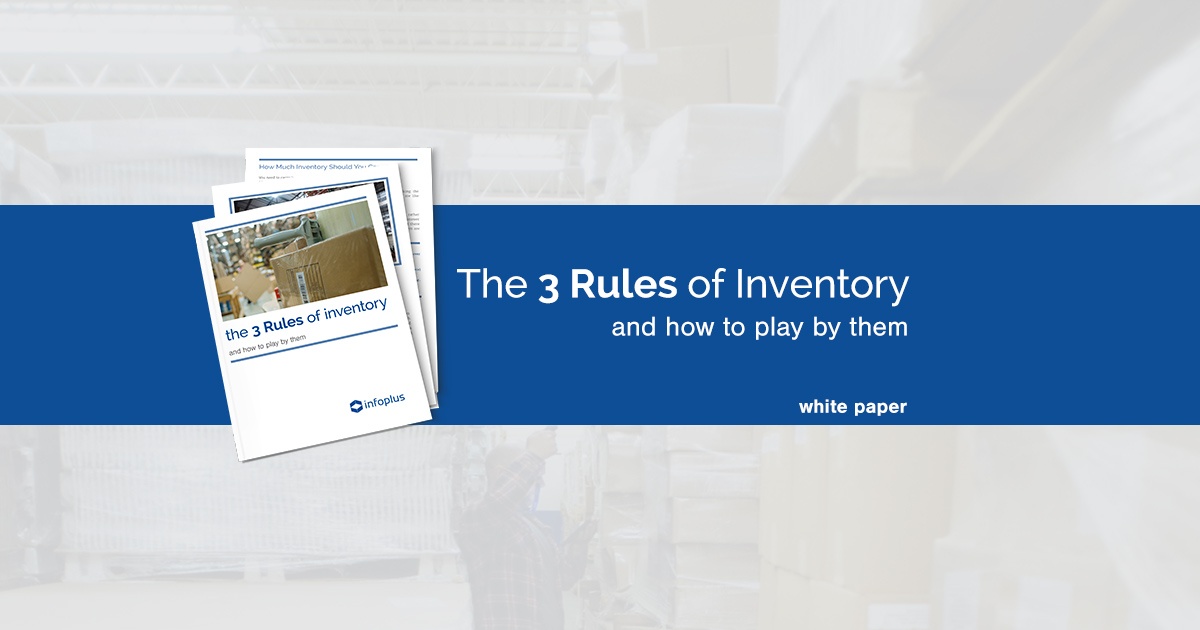Unmoved Stock Worth at Least $1.1 Trillion... How’s Your Inventory?

Warehousing and storage in the U.S. is currently a $22 billion industry, employing over 600,000 people. According to one study out of the Georgia Institute of Technology, fewer than 30% of warehouses in the U.S. are operating efficiently. In fact, a huge amount of capital is tied up in unmoved inventory: In 2013, it was worth approximately $1.1 trillion, approximately to 7% of the U.S. GDP.
This has many people, from warehouse operators to COOs, worrying about how to optimize their warehouses—especially when it comes to carrying optimal levels of inventory. Optimizing inventory levels has traditionally been a matter of answering the question “How much inventory should we carry?”
It’s a common question, and it should have a simple answer. Unfortunately, the logistics industry has done merchants a disservice by taking the question to be a literal one about stock numbers. But items in your inventory are like money in the bank: The trouble occurs when you don’t know how much you really have.
Optimizing inventory levels, then, is not just an exercise in coming up with numbers. It requires having accurate real time data so that issues can be identified and dealt with before they affect operations. From this perspective, there are four situations your organization can encounter with regard to its inventory… and three of them are not good.
You will learn:
- How inventory levels are like money in bank, and why you need to know precisely how much you have
- The 4 situations you can be in with regard to your stock levels, and which ones are problematic
- Why backorder situations are deadly in today's business environment
- How Overstock situations can kill your bottom line
- The ways in which real time data can improve your logistics processes
- The 3 Rules that, if followed closely, can help organizations avoid costly processing problems
.png?width=225&height=60&name=Logo%20(7).png)



